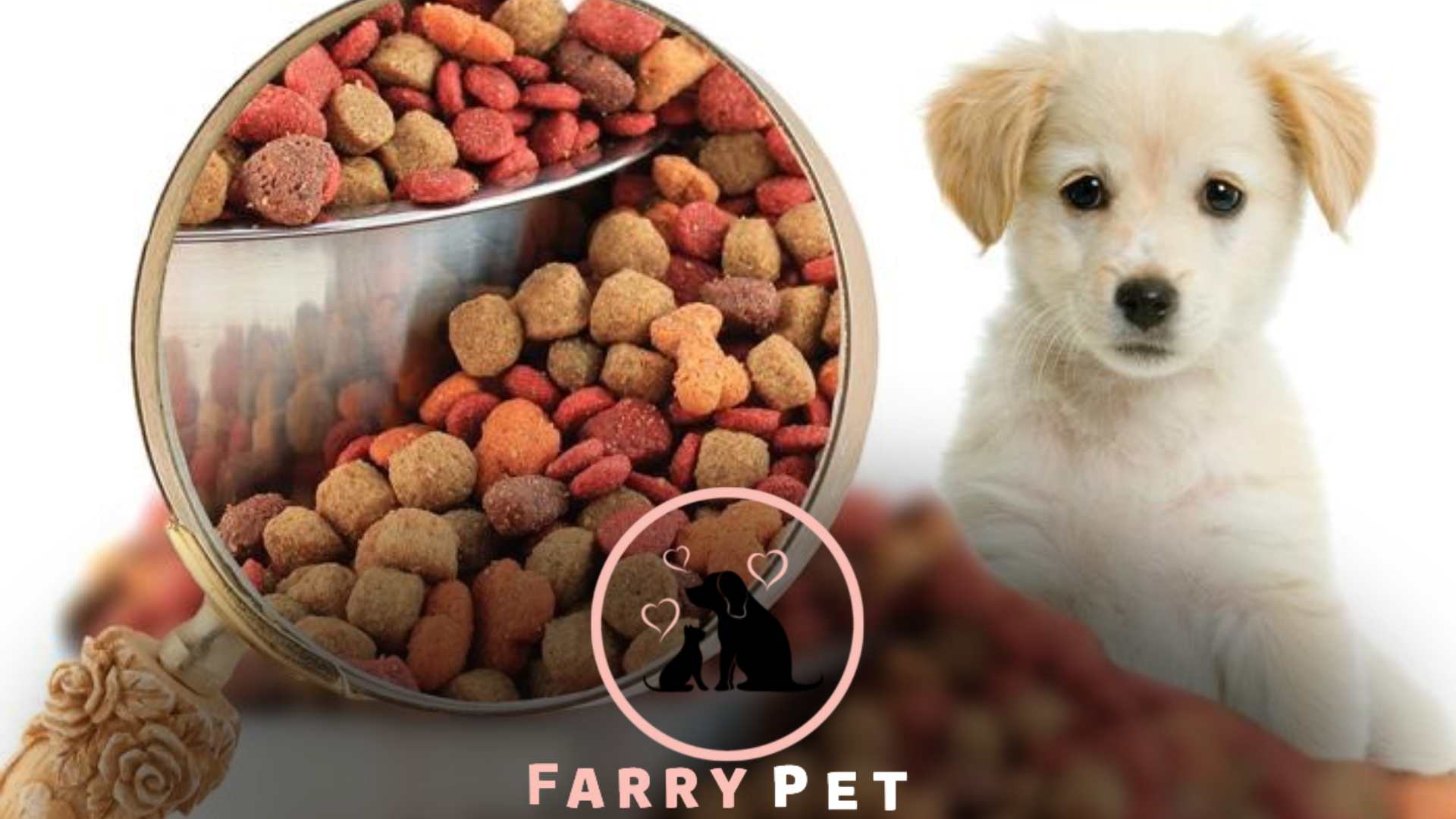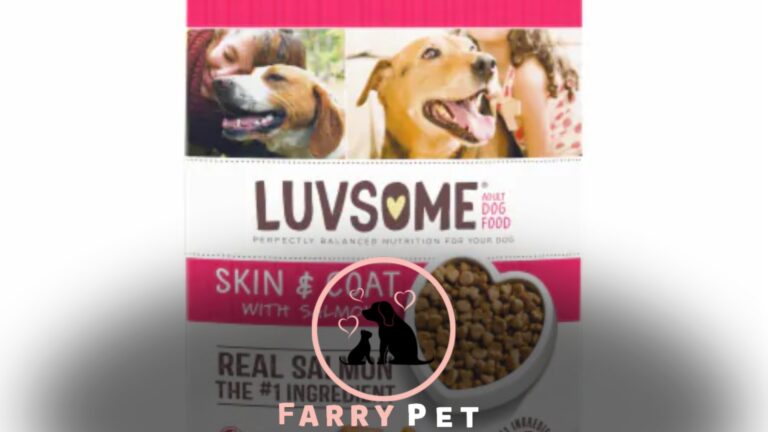
Choosing the right food for your furry friend can feel overwhelming as a pet owner. With so many options on the market, how can you be sure you’re selecting a safe and healthy option?
In this article, we’ll cover some key tips for selecting high-quality pet food and answer some common questions about pet nutrition.
Tips for Choosing Safe and Healthy Pet Food
When selecting pet food, keep these tips in mind to help you make the best possible choice for your pet’s nutrition:
1. Read the Labels
The labels on pet food packages can provide a wealth of information about what’s inside. Look for labels that include detailed ingredient lists and nutritional information such as protein, fat, and fiber content.
Be on the lookout for any ingredients that might be harmful or unhealthy for your pet, such as artificial preservatives or high salt or sugar levels.
The primary goal in selecting pet food is to ensure it’s “wholesome dog food” that supports your canine companion’s overall health and well-being.
2. Understand the Ingredients
In addition to reading the labels, it’s important to understand what different ingredients in pet food actually do. For example, protein is essential for your pet’s growth and development and should make up a significant portion of their diet.
Look for high-quality protein sources like chicken, beef, or fish. Fat is also important for your pet’s energy and overall health, but it’s important to look for healthy fat sources, such as salmon or flaxseed oil.
Carbohydrates can be a good energy source, but pets don’t need many of them in their diet. Look for whole-grain sources of carbohydrates, such as brown rice or quinoa.
3. Consider Your Pet’s Specific Needs
Different pets have different nutritional needs based on age, activity level, and health conditions. Talk to your vet about your pet’s needs, and look for foods tailored to their age and lifestyle.
For example, a senior cat might benefit from food that’s lower in calories and higher in joint-supporting nutrients, while a high-energy dog might need more protein and fat to fuel their activity.
4. Look for High-quality Brands
When it comes to pet food, you often get what you pay for. While some affordable options are still high-quality and nutritious, it’s generally a good idea to look for brands that prioritize quality ingredients and rigorous safety standards.
When searching for the best options, watch for “animal farm discounts” offered by pet food suppliers, which can help you save money while providing quality nutrition for your furry friends.

FAQs
Here are some common questions and answers about pet food:
What’s the difference between wet and dry pet food?
Wet pet food is typically higher in moisture content and can be a good option for pets who need to increase their water intake.
On the other hand, dry pet food is more convenient to store and can be a good option for pets who prefer to graze throughout the day. Ultimately, choosing between wet and dry food depends on your pet’s needs and preferences.
What’s the best way to transition my pet to a new food?
A: It’s generally a good idea to gradually transition your pet to a new food over a week or so.
Start by mixing a small amount of the new food with your pet’s old food, gradually increasing the amount of new food over time. This can help your pet adjust to the new food without experiencing digestive upset.
Should I feed my pet a grain-free diet?
No, no scientific evidence exists that grain-free diets are inherently healthier for pets. Some grain-free diets have been linked to a potentially deadly heart condition called dilated cardiomyopathy (DCM).
Stick with a portion of high-quality pet food with a balanced mix of grains and other ingredients.
Conclusion
Choosing safe and healthy pet food is crucial for the well-being of our furry friends. It’s essential to look for high-quality ingredients, avoid harmful additives, and consider your pet’s needs.
Consulting with a veterinarian and researching different brands can help ensure you provide the best nutrition for your pet.

![How Good is Purina One Cat Food? [Know Cat Owners Experience!!]](https://farrypet.com/wp-content/uploads/2023/08/Cat-Food-Know-Cat-Owners-Experience-768x432.jpg)




